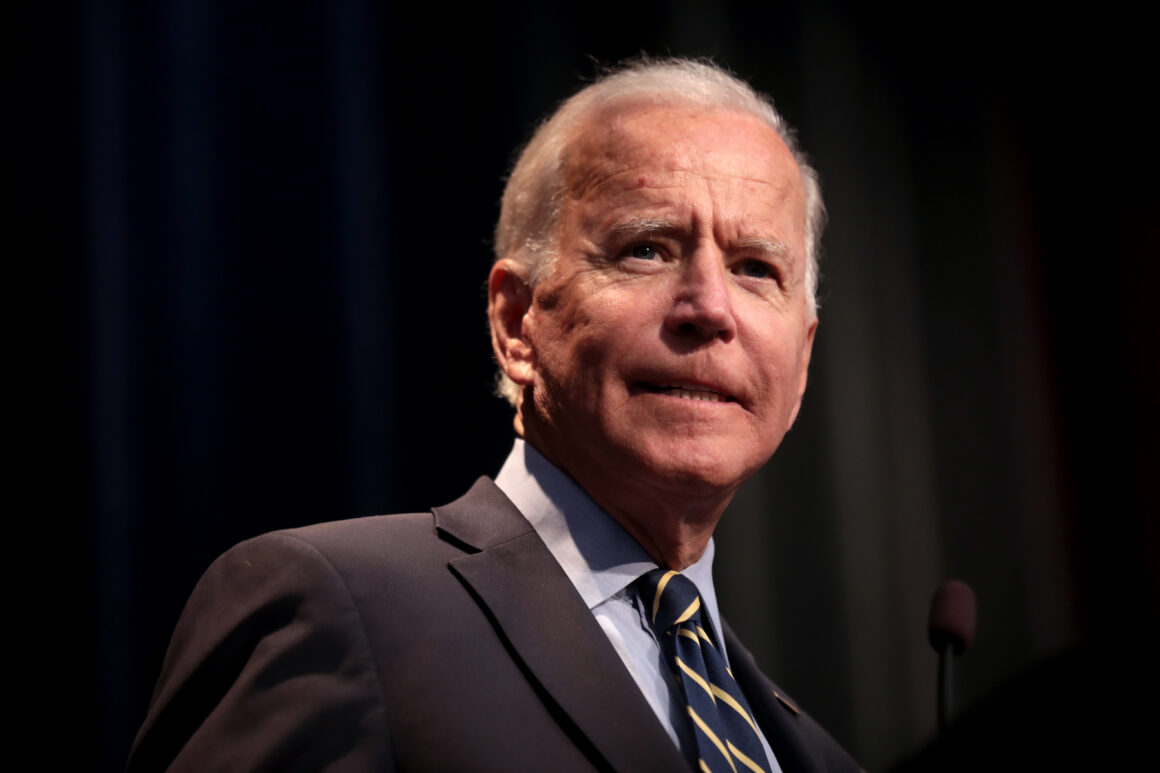Since the beginning of American colonization, the U.S. government has gradually taken over the ancestral land inhabited by Native Americans for hundreds of years. Through various pieces of legislation and governmental regulations, politicians have succeeded in isolating the Native American population to the most undesirable and barren land that the United States has to offer. Since the U.S. government has essentially put the Native Americans out of sight and out of mind, some seem to believe that the days of Native American oppression have long been over. In reality, this assumption could not be further from the truth.
In 1851, the Treaty of Fort Laramie granted the Sioux Nation the land that is now being used to host the Dakota Access Pipeline. This land grant was later revoked, which subsequently generated debate over who rightfully owns this region. In December of 2016, President Obama halted the completion of the Dakota Access Pipeline, and the Department of the Army promised to supervise an Environmental Impact Statement to assess the potential environmental damage that could be caused by building a giant, oil-pumping metal snake underground. However, once Donald Trump began his presidential term in early 2017, he accelerated the building of the Dakota Access Pipeline in an attempt to show solidarity with the domestic fossil fuel industry.
A week ago, North Dakota Governor Doug Burgum issued an emergency evacuation order to remove Dakota Access Pipeline protesters. This injunction forces the remaining Sioux people out of the Oceti Sakowin camp by 2 p.m. on Wednesday, February 22. Governor Burgum justifies this forced removal by claiming that the safety of the protesters and the wellbeing of the environment are both at risk, but ironically enough, this is the exact same argument that the Sioux people have been using to protest the pipeline.
The pipeline poses significant environmental and health risks to the Sioux people. Protesters are concerned that the massive 1,172-mile pipeline has the potential to contaminate drinking water, and could eventually cause oil spills that would be detrimental to sacred tribal land.
The Sioux and others who oppose the Dakota Access Pipeline have been protesting for months; this evacuation order does not seem to faze the most dedicated of protesters.
Many demonstrators plan to continue their resistance, regardless of executive orders and the threat of federal force.





Comments are closed.